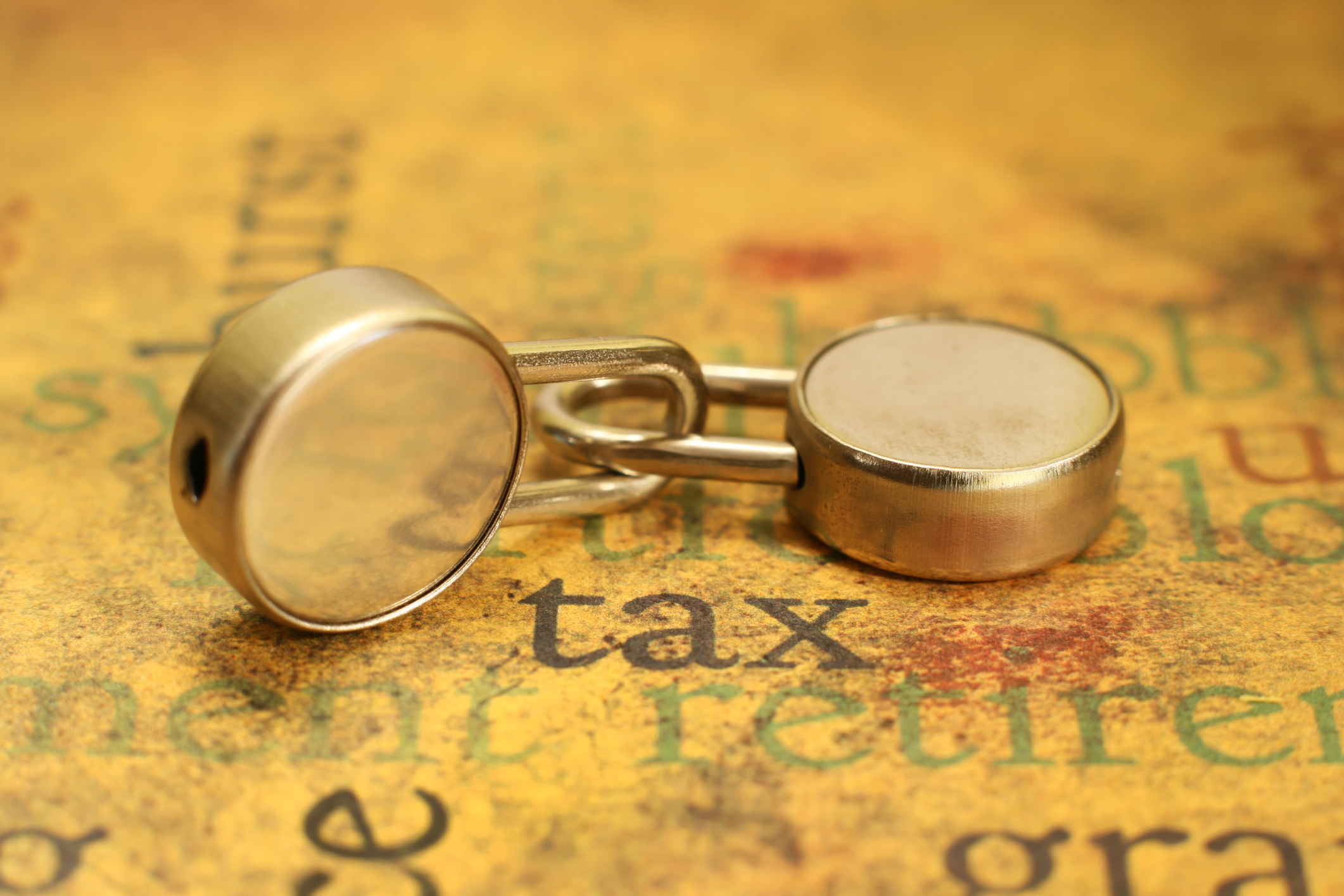Investing
2014 Outlook: Junk Bonds and Munis Survive Despite Rising Interest Rates
Published:
It is almost year-end, and investors have to be planning for 2014 and beyond for their portfolio, their assets and their taxes. Merrill Lynch expects the great rotation trade it touted for 2013 to continue into 2014, with the end game becoming more evident as rates rise. What is interesting is that the team at Merrill Lynch sees municipal bonds and junk bonds (high-yield) surviving in 2014, despite a likely rise in interest rates.
The team said:
The Fed should wind down Quantitative Easing and yields should rise during 2014, except for very short-term securities. But we don’t think investors should be bracing for a long-term bear market or hiding out entirely in cash. We like munis and high yield best, and recommend portfolio laddering.
Muni-bonds are one of the firm’s top picks for investors in middle and higher tax brackets in 2014. Credit risk has to be managed by diversification, while credit risk can be mitigated through a laddering portfolio out to 15 years.
In a 28% federal tax bracket and higher, the taxable equivalent muni yield exceeds the yield on investment grade corporate bonds. The taxable-equivalent yield on a 10-year AAA rated muni-bond at the end of November was 3.68%. For the 39.6% bracket, including with the 3.8% Medicare surtax, that taxable-equivalent yield was 4.68%, versus just 2.75% on a 10-year Treasury.
Where this gets interesting is the reminder that investors may not have fully realized the extent of the tax increases that took effect in 2013. Those making above $200,000 (or $250,000 for joint filers) are subject to a 3.8% surtax under the new health care law. This tax applies to capital gains, dividends and interest income, but it does not apply to income derived from muni-bonds. Limited muni-bond supplies are also keeping demand high. The firm further said”
At income levels above $250,000/$300,000 deductions and exemptions begin to phase out. Muni income does not factor into these calculations. We think that many investors won’t realize the extent of these tax increases until they fill out their tax returns early in 2014. That realization should aid the demand for munis.
Merrill Lynch is positive on the high-yield bond sector. It sees a continued improvement of credit quality. The firm’s investment strategists believe that stocks do well in 2014, making for a good backdrop on junk bonds because the asset class generally moves in the same direction as stocks. Weaker companies should still be able to fulfill their debt obligations (possibly with new issues). If Treasuries somehow rally and yields drop, it may not be great for high-yield bonds, as bad economic times send investors to safety and away from risk.
Merrill Lynch’s High Yield Strategist Michael Contopoulos showed that the sustained period of low interest rates during the past few years could cause high-yield defaults to stay low. Another boost is that credit spreads are expected to come even lower in the coming years. That spread is expected to narrow from around 427 basis points currently to around 350 basis points by the end of 2014. Contopoulos pointed out that junk is not for everyone by saying:
We do not recommend exposure to high yield for conservative investors. For moderate and aggressive risk takers we recommend about 10% allocation, largely through funds.
24/7 Wall St. wanted some independent thoughts on improving credit quality before publishing anything about interest rate sensitive assets being “safe” as an outside thesis. It came from Standard & Poor’s on Tuesday. S&P sent us a note that the number of entities poised for upgrades rose to 324 as of the end of November, versus 249 at the end of October. S&P signaled that this is the highest level since February 2008 and that it is due to positive implications from changes in the corporate ratings criteria.
Maybe rising interest rates will not be as universally bad as many investors fear. Maybe.
Are you ahead, or behind on retirement? For families with more than $500,000 saved for retirement, finding a financial advisor who puts your interest first can be the difference, and today it’s easier than ever. SmartAsset’s free tool matches you with up to three fiduciary financial advisors who serve your area in minutes. Each advisor has been carefully vetted and must act in your best interests. Start your search now.
If you’ve saved and built a substantial nest egg for you and your family, don’t delay; get started right here and help your retirement dreams become a retirement reality.
Thank you for reading! Have some feedback for us?
Contact the 24/7 Wall St. editorial team.